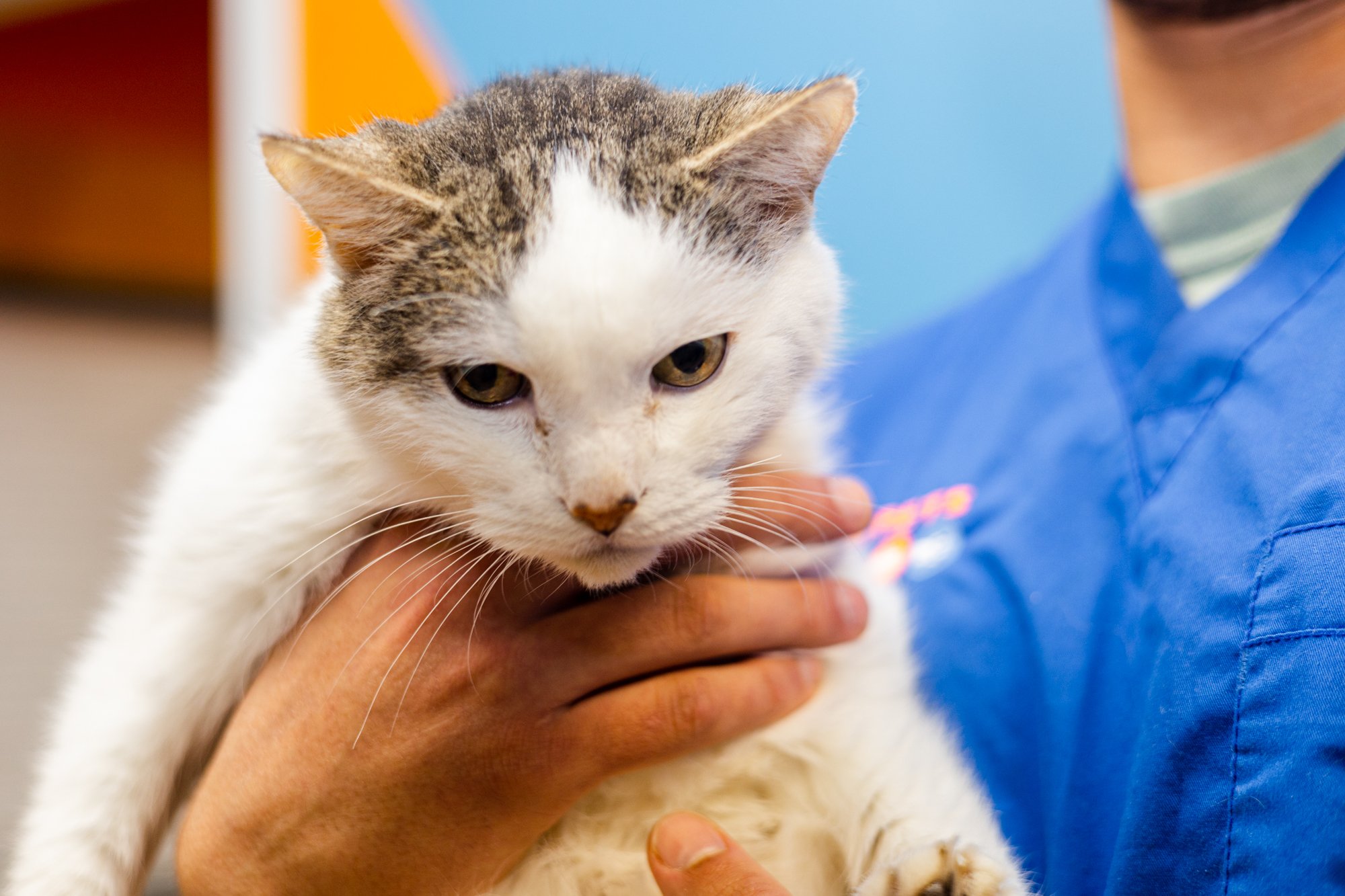
Perineal Urethrostomy in Cats
What Is a Perineal Urethrostomy?
A perineal urethrostomy (PU) is a surgical procedure designed to treat severe or recurring urinary blockages in cats. During the procedure:
The narrow part of the urethra (the tube that carries urine out of the body) is removed.
A wider opening is created, allowing urine to bypass the blocked or damaged section.
This procedure is typically recommended for male cats, as their narrower urethras are more prone to blockages.
Why Is a PU Surgery Necessary?
Urinary blockages in cats can quickly become life-threatening. They are often caused by:
Feline Lower Urinary Tract Disease (FLUTD): Inflammation or crystals in the urinary tract.
Urethral Obstruction: Narrowing or blockages due to stones, mucus plugs, or scar tissue.
When other treatments like catheterization or diet changes fail to prevent blockages, PU surgery can provide a permanent solution, reducing the risk of future complications.
Signs Your Cat May Need a PU Surgery
If your cat shows any of the following symptoms, immediate veterinary attention is essential:
Straining to urinate or frequent attempts with little output.
Crying or showing signs of pain while urinating.
Blood in the urine or a strong, unpleasant odor.
Lethargy, loss of appetite, or vomiting.
Repeated blockages can lead to kidney damage, bladder rupture, or even death, making early intervention critical.
What to Expect During PU Surgery
The PU procedure includes:
Pre-Surgical Preparation: A thorough exam and diagnostic testing to ensure your cat is ready for surgery.
Safe Anesthesia: Administered and closely monitored by our skilled team.
Precise Surgical Care: Performed in a sterile environment to minimize risks and ensure optimal outcomes.
Post-Surgical Monitoring: Comprehensive care to support recovery and manage any discomfort.
Most cats adapt well to their new anatomy and experience significant improvements in quality of life.
Post-Surgical Care and Recovery
After surgery, your cat will need some extra care at home to ensure a smooth recovery.
Post-operative care includes:
Monitoring: Keep an eye on urination patterns and watch for signs of infection.
E-Collar Use: To prevent licking or scratching at the surgical site.
Dietary Adjustments: Special diets may be recommended to prevent urinary crystals.
Follow-Up Visits: Regular check-ups to monitor healing and overall urinary health.
Our team will provide clear instructions and ongoing support to help your cat heal comfortably and avoid future issues.
3935 Avion Park Ct Suite A102
Chantilly, VA , 20151
Hours
Mon-Fri:
Office Hours: 9 am - 3 pm
Vet Hours: 9 am - 1 pm
Sat: All Hours 9 am - 12 pm - Boarding Pickup at 6:30 pm
Sun: Office Closed - Boarding Pickup at 6:30 pm
Phone
(703) 378-9791
